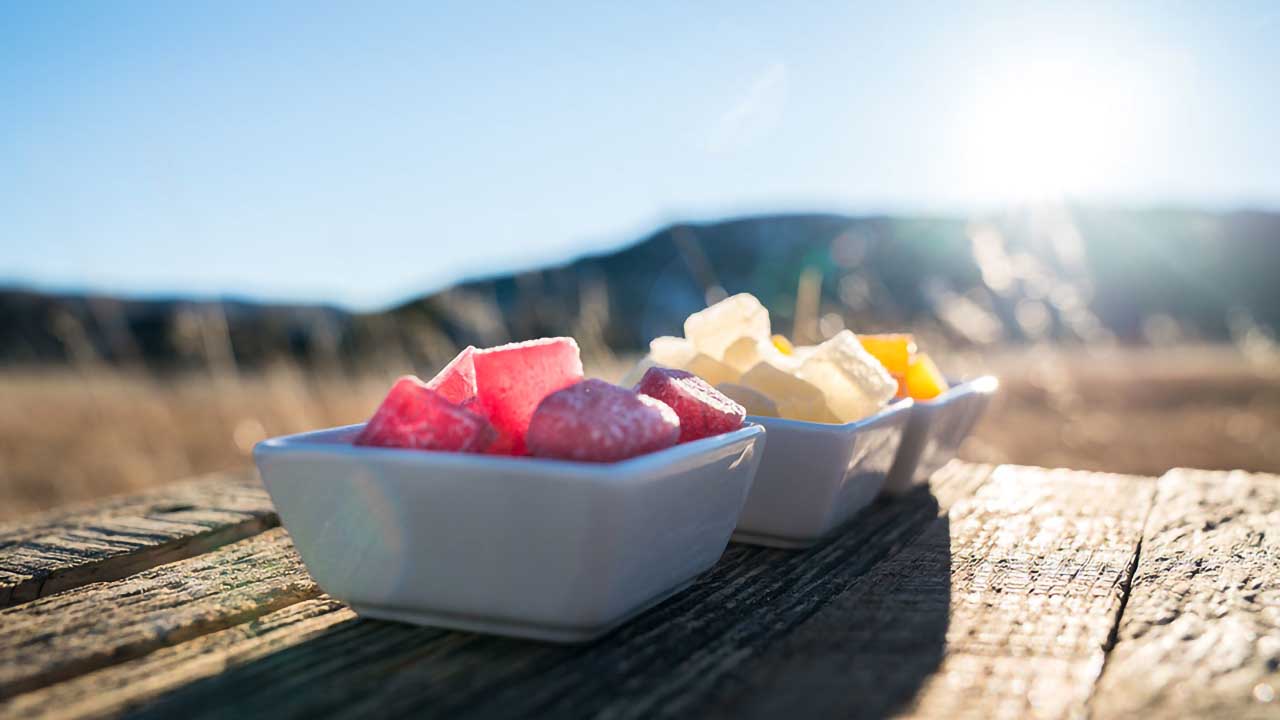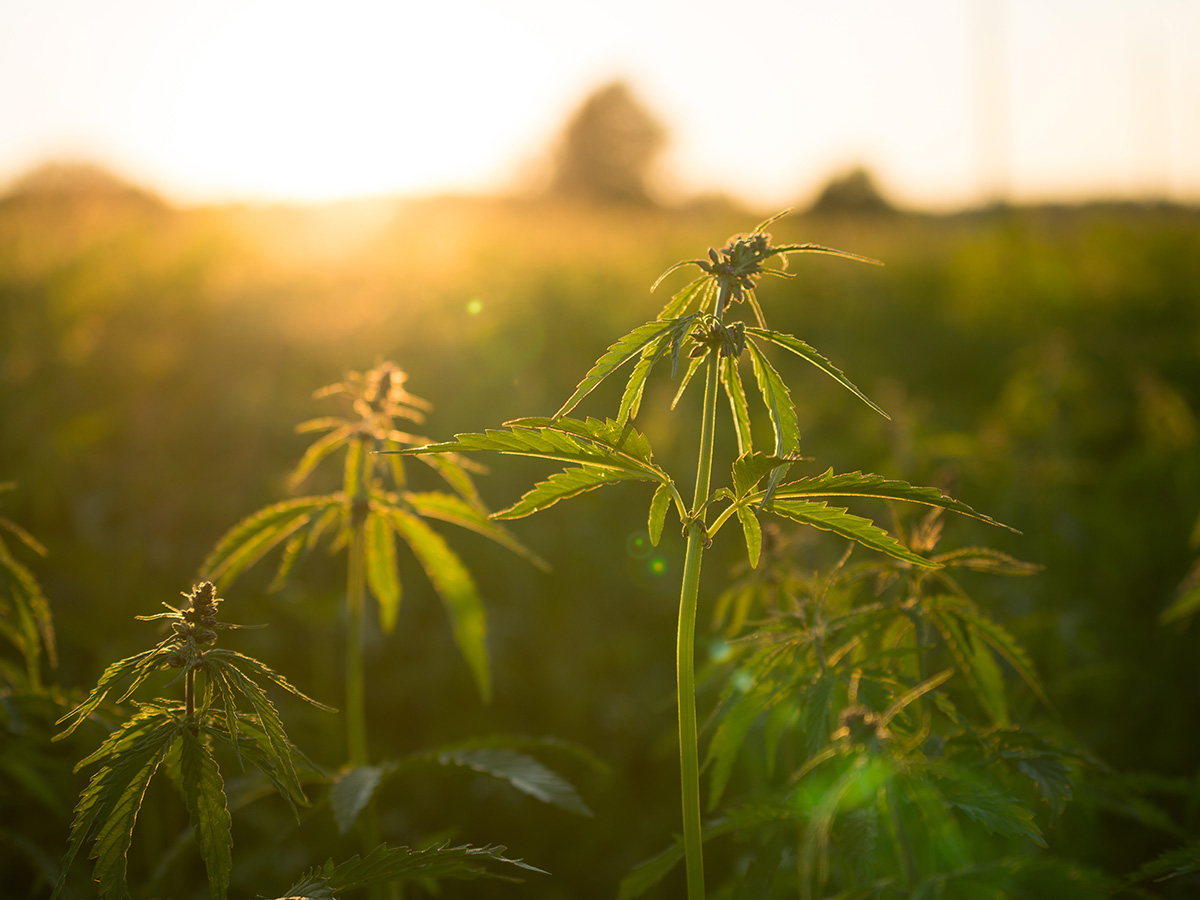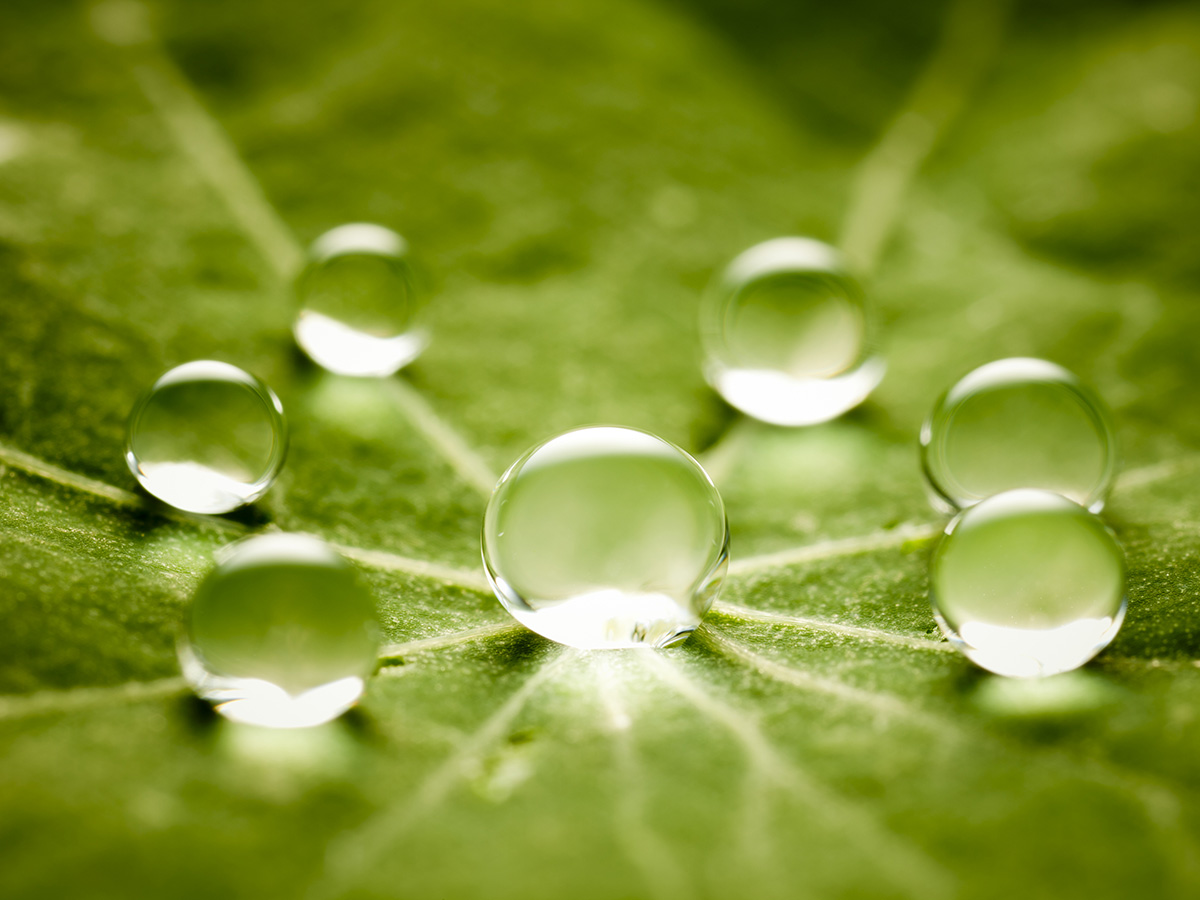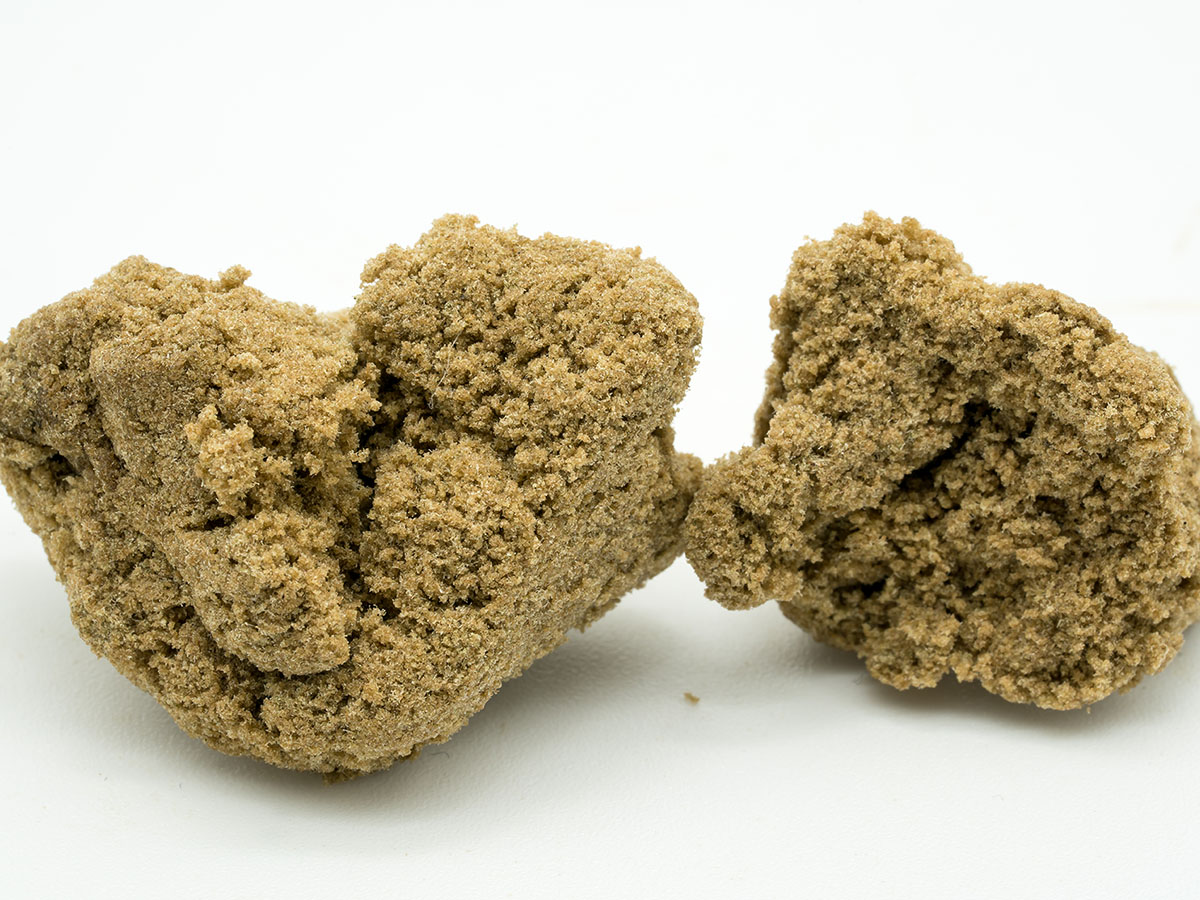
Pectin vs. Gelatin: What is in Your Gummy?
July 26, 2021
There are a lot of criteria when choosing cannabis gummies: CBD/THC content and ratios, flavors, consistency. But there's one criterion that perhaps you've never considered: whether the gummies are made from animal by-product.
A majority of cannabis gummies use gelatin as a base
While it is often said that gelatin is a protein made from "horses' hooves," that hasn't been true for a very long time. But the reality isn't much better: gelatin is made from the skin, bones, and connective tissue of livestock animals, as a by-product of meat and leather production. These days, pigs are the main source of gelatin.
Vegan gummies use pectin
For that reason, you might want to opt instead for vegan gummies, such as Wana Brands which are made with pectin vs gelatin. You don't have to be a vegetarian or vegan to want to avoid animal by-products in your cannabis edibles because let’s face it, that just sounds unappetizing.
Pectin comes from citrus fruits
Animal welfare and health aren't the only considerations. Pectin makes for a higher-quality product overall. It tastes better and has a better texture. Pectin is a fibrous component of fruits and vegetables. The kind that is used in foods is usually derived from citrus fruits. Wana tested more than 30 types of fruit pectin resulting in gummies that are the perfect consistency, and taste juicy, like real fruit.
Differences between gelatin and pectin
Pectin is both high in fiber and carbohydrates while gelatin is not, however, gelatin provides protein. In order for pectin to gel liquids, sugar and a source of acid must be present. Gelatin does not require sugar to gel. Pectin requires heat to thicken while items made with gelatin require a cool temperature and time in a refrigerator to gel. Pectin is high in fiber and so may help lower your total cholesterol levels as well as LDL, or bad cholesterol. The fiber in pectin might also help you lose weight, while the protein in gelatin is naturally filling.
An ideal choice for cannabis-infused gummies
Wana gummies are hand-crafted, with all-natural coloring, flavoring, and sugar, are gluten-free, and contain no mineral oil or artificial sweeteners, both of which can cause stomach upset. Wana gummies are infused with premium tinctures during the cooking process to ensure optimal taste and consistency, and come in a wide range of flavors and cannabinoid blends, from 100% THC to CBD-dominant ratios, and everything in between. All are lab-tested to ensure reliability and consistency.
A novel, quick-acting gummy.
Wana recently launched the Wana Quick Fast-Acting Gummies featuring fast-acting technology and a novel edible experience. Traditional edibles can take up to two hours to feel the effects, a downside for many people. With the Wana Quick Fast-Acting Gummies, you'll feel the effects in just 5-15 minutes! In addition, these unique gummies have Delta-9-THC effects, similar to an inhalation effect, and last just up to three hours, versus the usual six hours with other edibles. So consuming is not such an investment of time.
Please consume responsibly. This product may cause impairment and may be habit forming. There may be health risks associated with consumption of this product. State laws impact what dispensaries can and can’t sell to recreational customers and medical marijuana patients. Not every type of product, consumption method, dosage form, or potency mentioned on this blog will be permitted in all locations.


